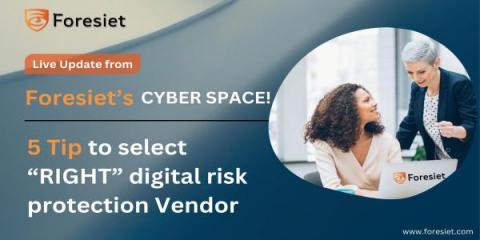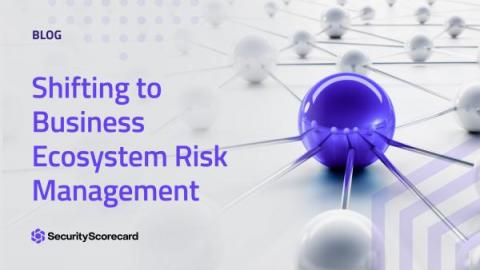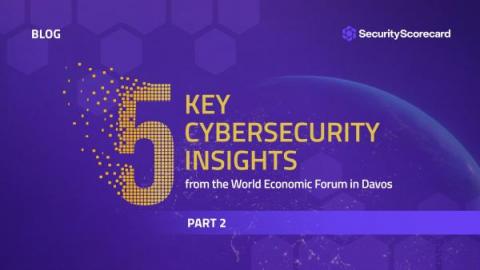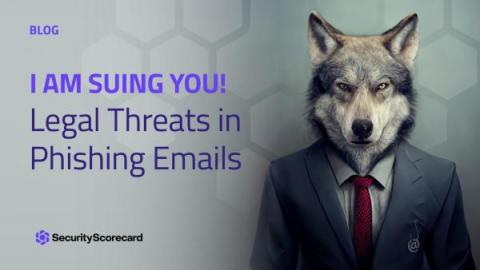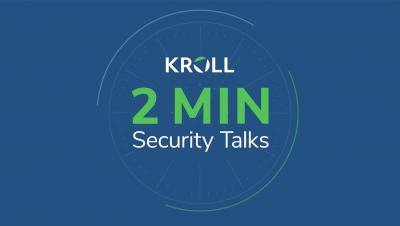Security | Threat Detection | Cyberattacks | DevSecOps | Compliance
Risk Management
6 Tips to select "RIGHT" Digital Risk Protection Vendor
In today's ever-changing digital world, users of digital risk protection solutions encounter various obstacles. Although the top players in the digital risk protection industry provide powerful solutions that come with an array of features and capabilities, customers must still navigate a complicated and fast-moving environment of potential threats.
A Breach Makes You Stronger
There are two kinds of CISOs: pre-breach and post-breach. Pre-breach CISOs are overly focused on tools and thinking about investing in prevention technologies. They do this almost to the exclusion of thinking about recovery and timely restoration of services once something bad actually occurs. And something bad will happen; it’s not a matter of if, but when (and how often, I might add, so “breach cadence” seems a more suitable KPI than breach likelihood).
Shifting to Business Ecosystem Risk Management
Third-party risk management is a well-known industry term that emphasizes the importance of looking outside yourself to identify potential risks to your organization. In the current business landscape, where you are communicating and collaborating with dozens, if not hundreds, of other organizations, focusing on your own cyber risk and that of your third parties is not enough.
Cybersecurity Insights from The World Economic Forum in Davos: Part II
On the final day of the World Economic Forum, we shared SecurityScorecard’s five key cybersecurity insights based on the discussions that dominated our time in Davos, Switzerland. Several weeks later, after gathering our thoughts from everything we saw, heard, and contributed to in Davos, we’d like to expand on our cybersecurity perspectives from the Forum and provide five additional insights.
I Am Suing You! Legal Threats in Phishing Emails
Unless you’ve been avoiding your inbox like a cybercriminal avoids sunlight, you’ve probably seen something like this before: That right there is a classic example of a phishing email. Most security-aware individuals can spot a phishing email from a mile away. In the past, it used to be the misspellings, such as in this email, that gave it away. Now, misspellings and poor grammar aren’t ideal indicators of phishing attempts.



